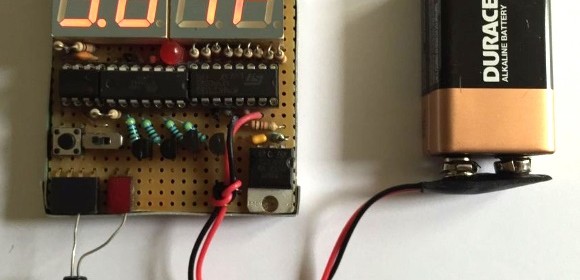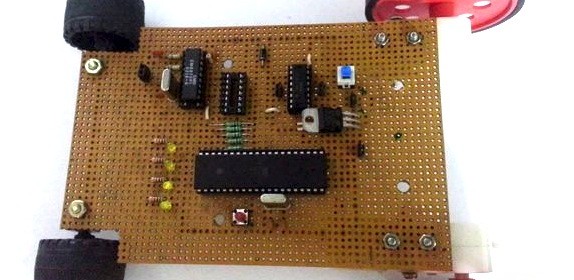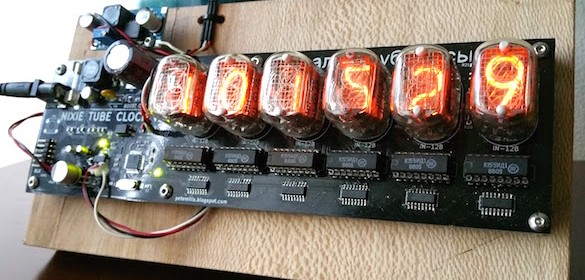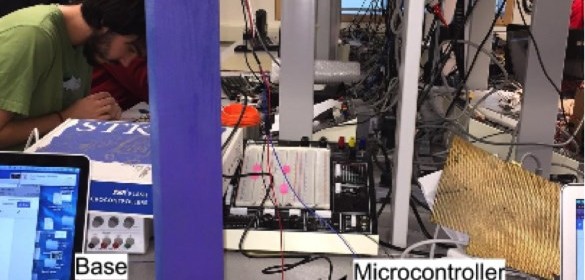ATTINY84 based capacitance meter

ThomasVDD‘s DIY capacitance meter uses a 555 timer circuit as a monostable multivibrator, where the output pulse interval depends upon the value of the capacitance to me measured. An ATTiny84 is used to measure the duration of the 555 timer output pulse, and thus compute the capacitance, which is then displayed on a seven segment LED display module. A while ago I also posted a tutorial on how to measure capacitance with a PIC microcontroller.
Read more


